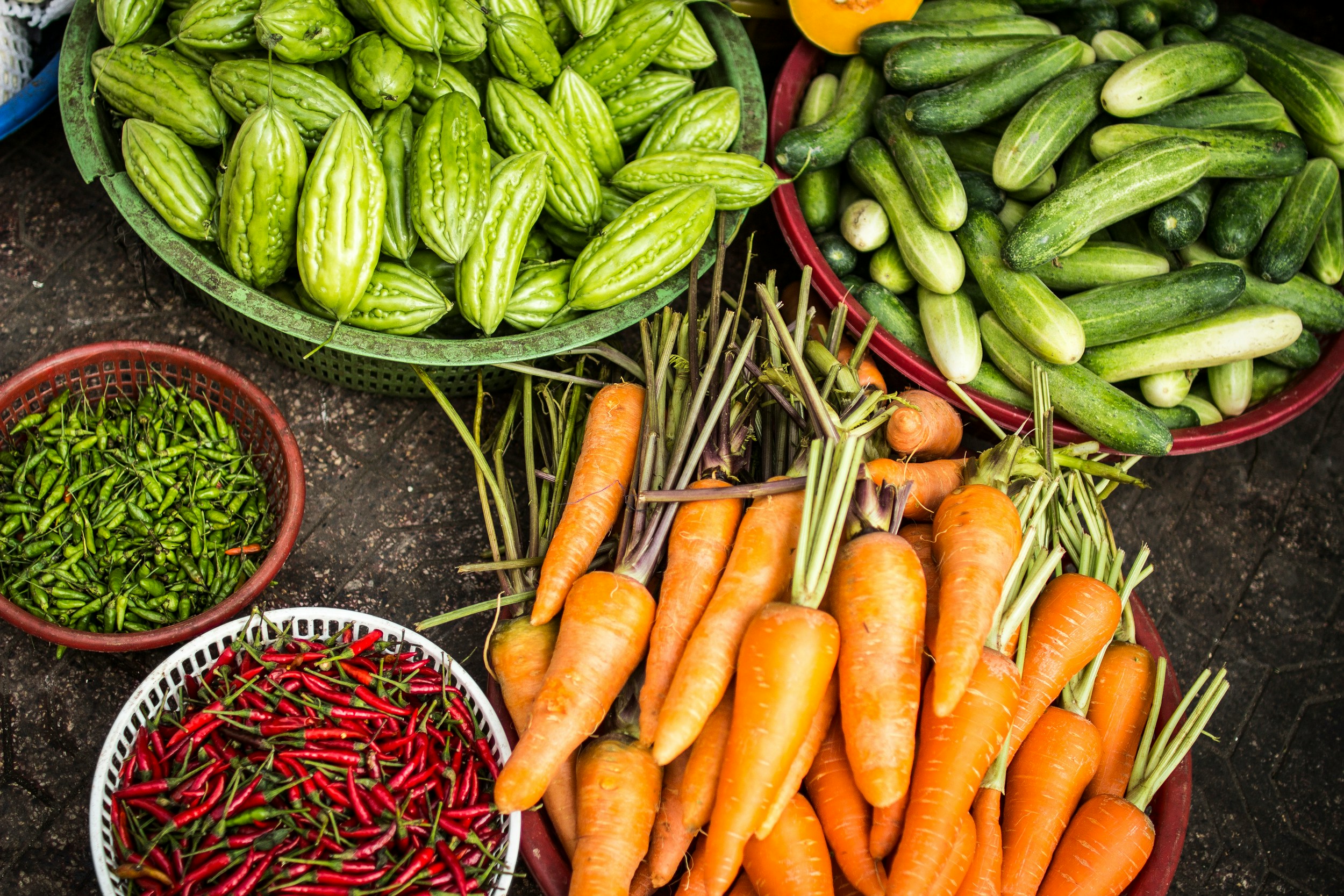
07 Aug Environmental Swabbing for Pathogens in Restaurants
Maintaining a clean and safe food environment isn’t just best practice—it’s essential. Whether you’re running a high-volume restaurant, catering kitchen, ghost kitchen, or food production facility, routine environmental swabbing is your frontline defense against foodborne illness outbreaks and regulatory violations.
What is Environmental Swabbing?
Environmental swabbing is a food safety testing method used to detect harmful microorganisms on surfaces and equipment. Swabs are collected from areas such as prep tables, cutting boards, drains, refrigerator handles, and floors—especially those considered high-risk or hard to clean. The swabs are analyzed in a laboratory to identify potential contamination from pathogens like E. coli, Salmonella, Listeria monocytogenes, and Staphylococcus aureus.
Why Pathogen Testing is a Must for Commercial Kitchens
-
Regulatory Compliance: Local and federal food safety authorities, including the FDA and USDA, encourage or require environmental monitoring in foodservice settings.
-
Preventing Outbreaks: Contamination often spreads silently through surfaces. Regular surface testing for E. coli and Listeria can help detect issues before they become public health problems.
-
Protecting Reputation: A single case of food poisoning linked to your kitchen can damage years of hard-earned customer trust.
-
Audit Readiness: If you’re ever inspected, having records of environmental swabbing and pathogen testing helps prove your commitment to food safety.
What Pathogens Should You Be Testing For?
When conducting environmental swabbing in restaurants or commercial kitchens, the most common pathogens tested include:
-
E. coli – Often found on cutting boards, meat prep areas, and sink handles.
-
Salmonella – Common in areas where raw poultry, eggs, or produce are handled.
-
Listeria monocytogenes – Can thrive in cool, moist areas like walk-in refrigerators and floor drains.
-
Staphylococcus aureus – Commonly found on human skin and can contaminate food via poor hygiene.
How Often Should You Swab Your Kitchen?
The frequency of kitchen surface swabbing depends on your food safety plan, but here are common guidelines:
-
High-risk kitchens: Weekly or bi-weekly
-
Standard restaurants or ghost kitchens: Monthly
-
Post-deep cleaning or renovation: Immediately after work is completed
-
After contamination incidents or recalls: As part of a corrective action plan
Which Surfaces Should Be Swabbed?
Some areas should always be included in your routine:
-
Cutting boards and prep tables
-
Blender gaskets and food processor seals
-
Walk-in cooler handles
-
Sinks and drains
-
Floors in prep areas
-
Dishwashing areas
Targeting Zone 1 (food contact surfaces) and Zone 2 (non-contact but close proximity) is key in proactive sanitation.
How to Get Started with Pathogen Swabbing
-
Partner with a Certified Food Testing Lab: Work with labs like United Food Labs that specialize in food safety and environmental swabbing for restaurants and commercial kitchens.
-
Establish a Swabbing Schedule: Based on your facility type and production level.
-
Train Your Team: Ensure cleaning crews understand how swabbing helps verify their effectiveness.
-
Act on Results: Positive results require immediate cleaning, sanitizing, and potential re-swabbing.
Environmental Swabbing vs. Product Testing
It’s important to understand that swabbing your kitchen does not replace product testing. Environmental swabbing ensures your production environment is under control, while product testing checks for contamination in finished goods. Both are essential parts of a complete food safety program.
Environmental swabbing is no longer just for large-scale food factories—it’s an essential food safety practice for restaurants, ghost kitchens, and commissary kitchens of all sizes. It ensures compliance, reduces liability, and helps build consumer confidence.
If you’re not currently swabbing your kitchen for pathogens like Listeria, E. coli, or Salmonella, now is the time to start. Keeping your kitchen clean is one thing. Proving it with lab results is another.
Need help with environmental swabbing or food safety testing?
Contact United Food Labs for customized testing plans and lab support for your restaurant or food business.
